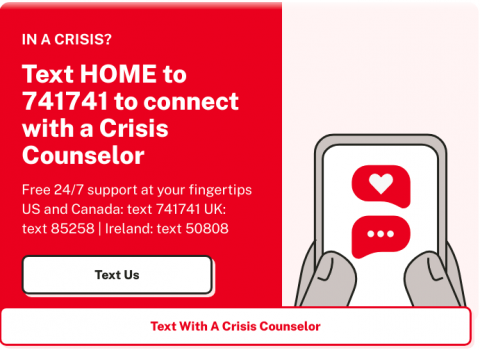Self Injury
Self Injury

Nonsuicidal self-injury (NSSI)
NSSI is the deliberate act of harming oneself without suicidal intent. Some of the most common self-injurious behaviors include cutting, scratching, and/or burning one’s skin. NSSI could also involve intentionally injuring one’s own body by other means with the intent to inflict pain (e.g. head banging, skin picking and/or substance use to the point of harming oneself such as via overdose). Individuals who engage in NSSI can harm themselves anywhere on their bodies. Yet, some of the most common places where individuals engage in NSSI are on the hands, wrists, stomach, and thighs.
Although NSSI may appear like a suicidal gesture, self-injury is often an individual’s effort to cope with overwhelming negative emotions, such as intense anger, sadness, anxiety, and frustration. Engaging in self-injury is not the same as feeling suicidal, but individuals who engage in NSSI can become suicidal. In fact, individuals who self-injure are at greater risk for attempting suicide. Self-injury can result in a temporary release of tension and sometimes a feeling of euphoria, which may be later followed by feelings of guilt, shame and other painful emotions.
Individuals from all genders, nationalities, socioeconomic groups, and ages can engage in self-injurious behavior. The highest proportion of individuals who, at some point in their life, have engaged in self-injurious behaviors are teenagers, with a 17 percent lifetime prevalence rate of NSSI. Meaning 17% of teenagers have engaged in some sort of NSSI at some point in their lives.
Treatment of self-injury may include a combination of psychotherapy and medications such as mood stabilizers and/or anti-anxiety medications (anxiolytics). Therapeutic support and medication may help individuals to better manage overwhelming negative emotions that contribute to self-injurious behaviors. After the individual is stabilized, therapeutic work through various form of therapy (e.g. individual therapy, group therapy, Cognitive Behavioral Therapy (CBT), Dialectical Behavior Therapy (DBT)) can help coping with the underlying problems that are causing distress. In addition to these methods of treatment, it is important that the individual struggling with self-injury be taught alternative methods to replace the self-injurious behaviors with more effective and safe coping skills. A central component to treatment is the individual’s desire to participate in and willingness to make changes.
Additional resources available at:
https://www.crisistextline.org/spread-the-word/
https://www.thetrevorproject.org/trvr_support_center/self-injury/
